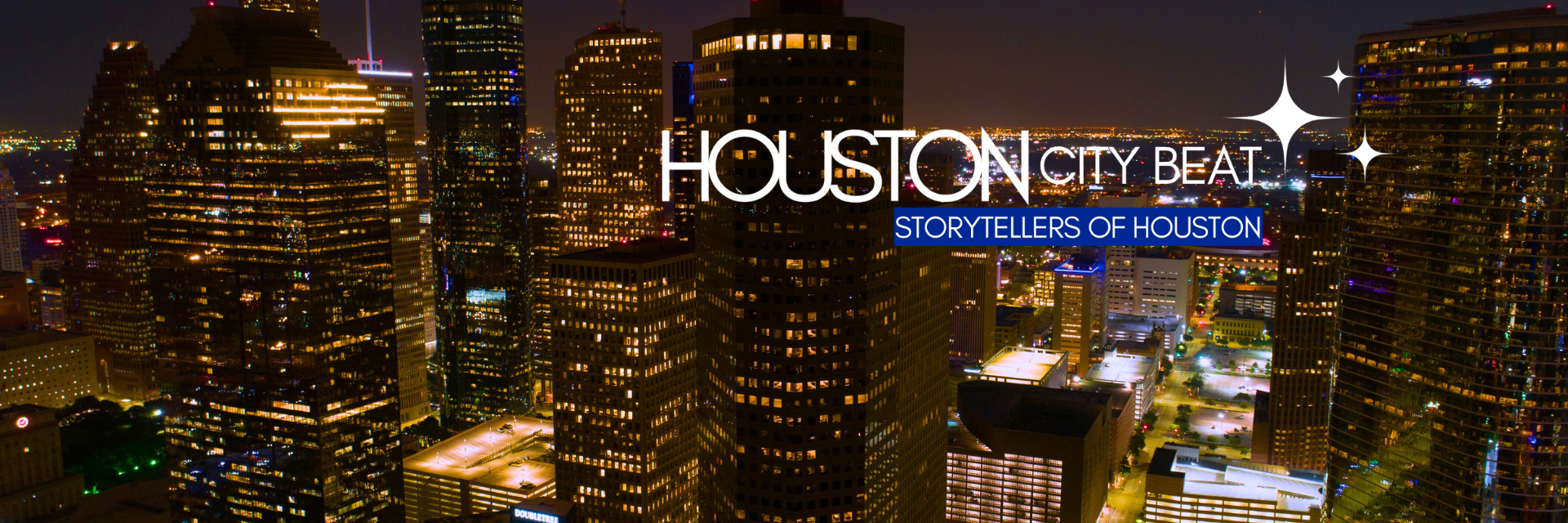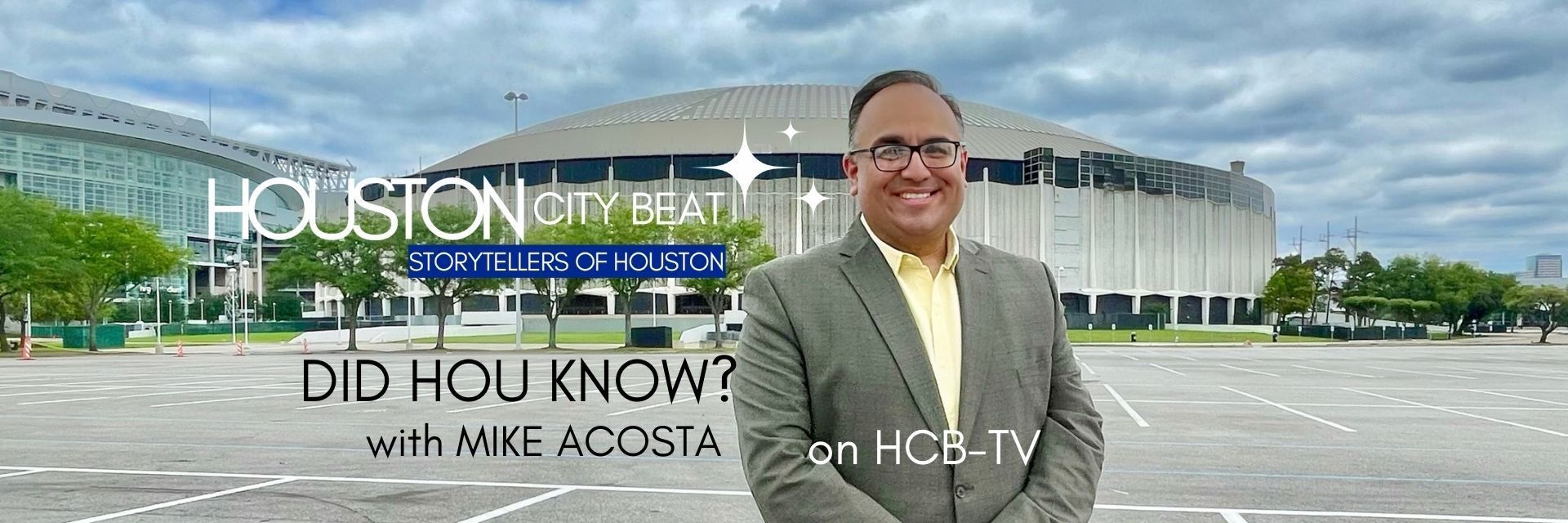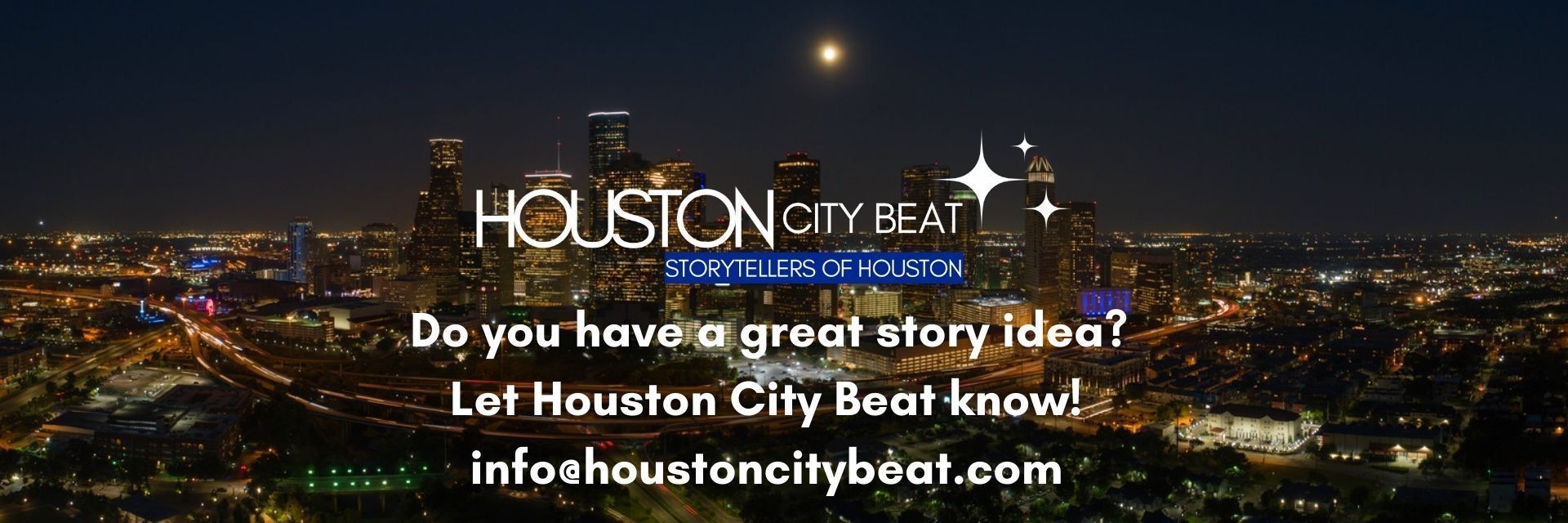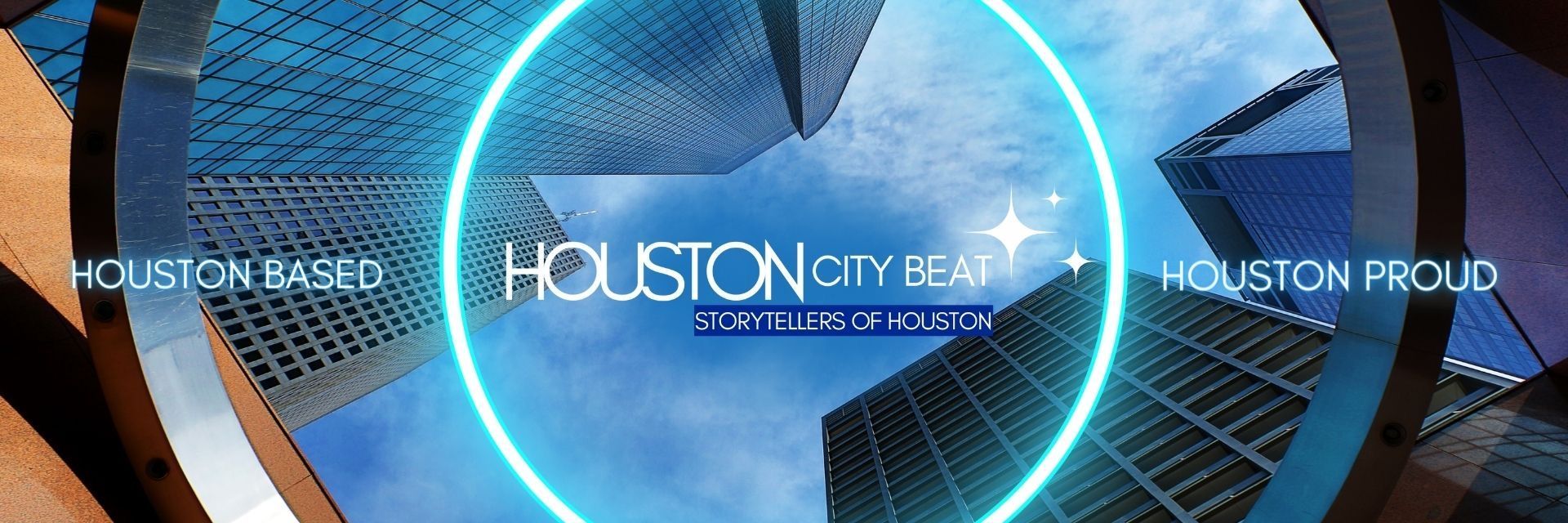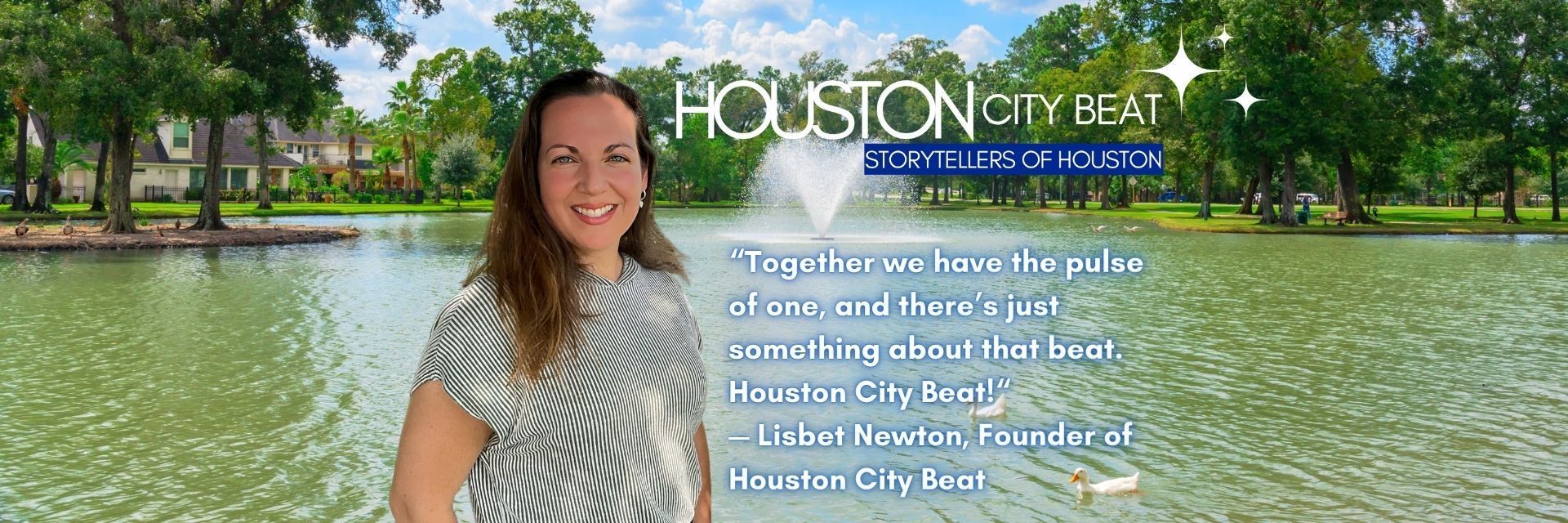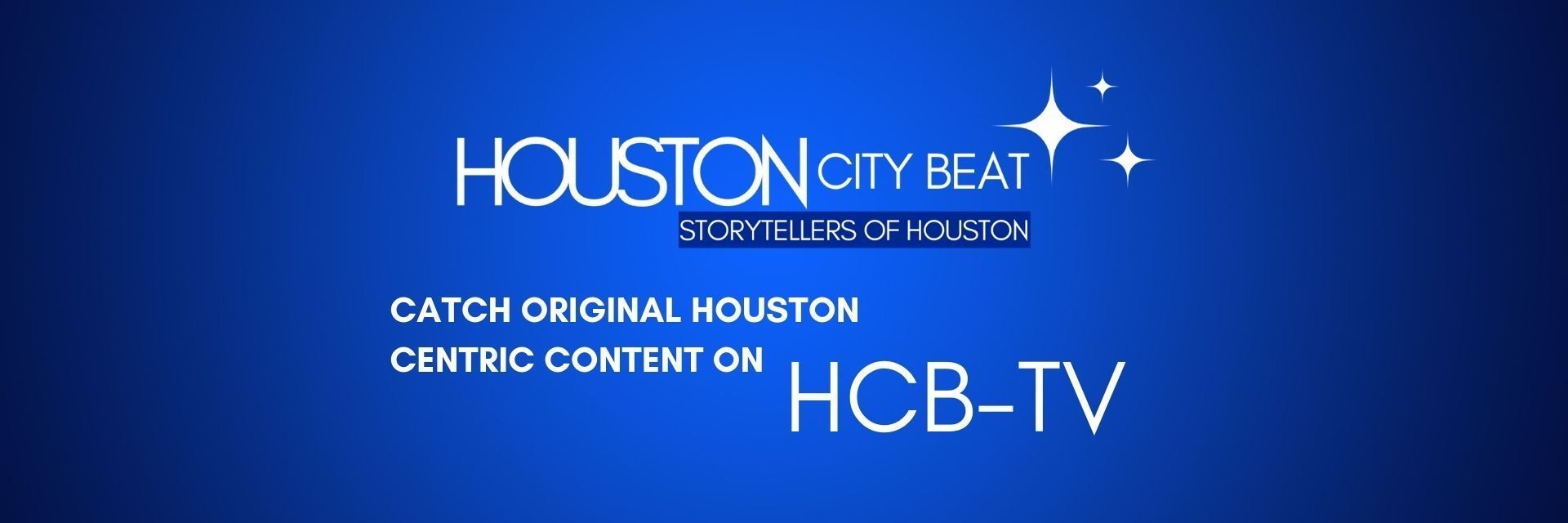In a recent episode of Let’s Talk on Houston City Beat, host Mike Acosta interviewed Rochella Cooper, a woman whose indelible mark on Houston’s cultural history still resonates. Rochella shared her journey to Houston, her leadership in the Houston Festival, and her audacious feat of bringing Jean-Michel Jarre’s Rendez-Vous Houston: A City in Concert to life in 1986. This spectacle, celebrating Texas and Houston’s Sesquicentennial and NASA’s 25th anniversary, became a defining moment for a city reeling from economic hardship—a testament to Houston’s can-do spirit and a tribute to the Space Shuttle Challenger astronauts.
A Global Journey to Houston
Born in South Africa in 1933, Rochella Cooper built a foundation in music, earning a Bachelor of Music degree with distinction from the University of Capetown. She pursued further studies at London’s Royal Academy of Music and in Paris with flutist Renee Rateau. By 1959, after serving as First Flute with the Haifa Symphony Orchestra, she married Dr. Ben Cooper and moved to Houston, where he joined Baylor College of Medicine’s Department of Neurology. Her arrival coincided with Houston’s rise as a hub of innovation, and she quickly embraced its potential. From 1962 to 1969, she shaped young minds at The School of the Woods Montessori as Music Teacher, Principal, and Board President, before transitioning into a celebrated career as a fiber artist.
In 1979, Rochella took the reins as President of the Houston Festival Foundation, a role that would cement her legacy. In this episode of Let’s Talk , she states, “Houston was about arts and technology.” This belief drove her to transform the Houston Festival into a platform for something extraordinary.
1 of 9

April 5, 1986: Downtown Houston comes alive for Rendez-Vous Houston: A City in Concert
2 of 9

Large-scale image projections, colors, and lasers danced along the Houston skyscrapers.
3 of 9

Freeways came to a standstill around Downtown Houston as people stopped to watch the concert along with others who watched from nearby parks.
4 of 9

The show celebrated teh Sesquicentennial of Houston and Texas
5 of 9

As president of the Houston Festival, Rochella Cooper wanted something big to celebrate the Sesquicentennial and NASA's 25th anniversary
6 of 9

An estimated 1.3 million people watched Jean-Michel Jarre's concert
7 of 9

The concert also became a tribute to the astronauts lost in the Space Shuttle Challenger explosion, which happened just over two months prior to the concert
8 of 9

The Houston Festival surveyed Houstonians and found the commonality of "art and technology," which Rochella Cooper took as inspiration for the 1986 festival
9 of 9

People brought radios to nearby parks and listened to the live performance as they watch the concert unfold
Rendez-Vous Houston: A City Reborn in Light and Sound
In 1986, Houston faced an oil-driven economic slump that dimmed its spirit. Three years prior, Rochella saw the upcoming Sesquicentennial and NASA’s milestone as a chance to reignite the city. She envisioned a grand event and, inspired by a flier from Jarre’s 1981 “Concerts in China,” pursued the French composer. “Synchronicity is a word I live by,” she said, recalling how she pitched Jarre as the perfect fit for Houston’s blend of creativity and innovation. On April 5, 1986, Rendez-Vous Houston drew an estimated 1.3 million people—earning a Guinness World Record—turning downtown into a stage of lasers, fireworks, and projections across multiple downtown skyscrapers.
The show’s design was revolutionary: searchlights pierced the sky, projectors cast images of Sam Houston and the Challenger crew, and Jarre’s synthesizers pulsed through a 90-minute performance that night. This wasn’t just a concert—it was Houston’s skyline alive, a defiant answer to economic gloom. Jarre’s live performances of songs from his famous “Oxygene”, “Equinoxe”, “Zoolook”, and “Rendez-Vous” albums felt like a soundtrack of Houston, encapsulating the essence of the city’s rural, urban, and space exploration landscapes. “There was an afterglow to the city after the concert,” Rochella said. “No crime there that night. It was something people talked about in the grocery store line for days.”
A Tribute to the Challenger Heroes
The event’s emotional core was its tribute to the Challenger astronauts, lost just 10 weeks earlier on January 28, 1986. Astronaut Ron McNair, a Houston-trained saxophonist and Jarre’s friend, had planned to play “Last Rendez-Vous” from space. After his death, Rochella and Jarre nearly canceled, but NASA astronaut Bruce McCandless urged them to proceed in honor of the crew. Houston’s Kirk Whalum took McNair’s place, his saxophone soaring as a massive screen displayed the astronauts’ faces, silencing the crowd in reverence. This pivot transformed Rendez-Vous Houston into a symbol of resilience, reflecting Houston’s ability to rise above adversity.
A Lasting Legacy
Rendez-Vous Houston wasn’t just a fleeting spectacle—it galvanized Houstonians. Freeways became viewing platforms, and dozens of firefighters guarded rooftops against firework sparks, showcasing the city’s grit. Thirty-nine years later, it remains a touchstone of Houston pride, a moment when Rochella’s vision helped unite a million-plus in shared awe. For me, I was 11 when my family watched the show from Studewood Park alongside I-10 West and, to this date, remains the single-most influential event on my personal artistic works. Rochella’s influence extended beyond 1986, shaping the Houston International Festival and later ventures like Women at the Helm Sailing School. Her story embodies the city’s unyielding spirit. She turned a dark time into a dazzling triumph, proving Houston could shine when it mattered most.


